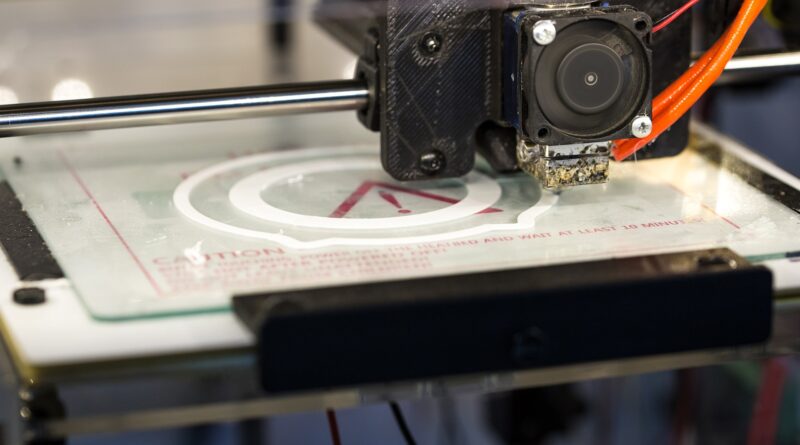Adobe Introduces New Tools for 3D Metaverse Content Creation
Adobe’s 3D Capture tool is set to redefine three-dimensional content creation as the company looks to follow the futuristic trend of metaverse technology.
Graphics design and photo editing software behemoth, Adobe Inc., released a new set of tools for its software products to streamline the creation of three-dimensional virtual objects. Adobe released the new tools on Tuesday, October 18th, hoping to make it easier for creators to build 3D digital objects for the Metaverse, video games, marketing campaigns, and other use cases.
Adobe has long been a dominant force in the 2D design content creation niche, holding a large portion of the entire market share in that category. The company sought to protect its position when it completed a buyout of a rival tech startup Figma, to the tune of $20 billion in cash and stock. That purchase was the largest ever for a privately-held software technology firm, and it served to underline Adobe’s commitment to remaining the leading force in 2D content creation.
However, recent moves by the company revealed that it is investing in 3D content creation, requiring a relatively new field in terms of dominance. Firms like Unity Software Inc. dominate the three-dimensional content creation market. 3D objects will take center stage in the metaverse, as ambitious firms like Meta have already proven, and Adobe’s recent shift indicates a willingness to position itself in metaverse technology for revenue growth in the future.
Creating three-dimensional objects has never been easy for artists and designers, with a more labor-intensive effort than 2D graphics. Thus, Adobe released two tools on Tuesday to facilitate 3D object creation, making it less labor-intensive and speeding up the entire process.
The first, called the 3D Capture tool, allows users to take several photos of a real-world object with any kind of camera, including smartphone cameras. With the 3D Capture tool, the user can blend the photos into a single three-dimensional virtual object. The other tool Adobe released on Tuesday will allow designers and artists to move between editing a 3D object on their computers (desktop or laptop) and using a VR handset to manipulate the same object with their hands.
Adobe’s senior marketing director for metaverse and substance 3D, François Cottin, discussed the advantages of these new tools and how artists or brands could use them to enjoy an enhanced customer and user experience. According to Cottin, the 3D Capture tool will come in handy in e-commerce, where it could allow shoppers to try on a pair of sneakers in the metaverse, for instance, to check if they fit well, with the aid of augmented reality.
Also, according to Cottin, the second tool will allow virtual artists and designers to enjoy a feeling similar to that of a sculptor with clay in his hands while leveraging the precision that a modern-day computer offers. The idea of switching between working on a computer screen and in a Metaverse powered by virtual and augmented reality will change how people work. Adobe means to be at the forefront of that change, adding the benefits of VR and AR to the design process by streamlining 3D content creation.

